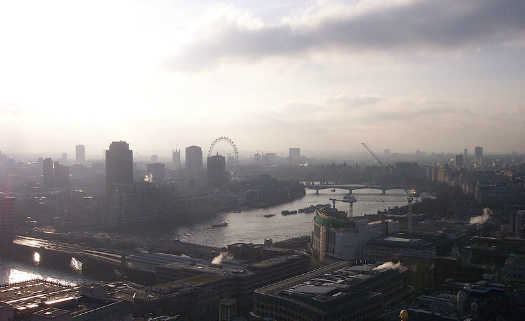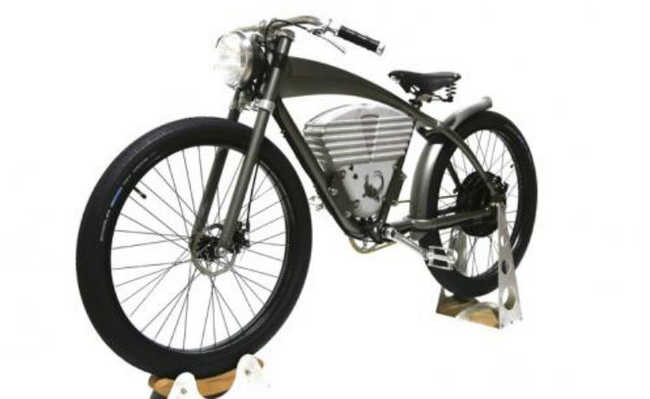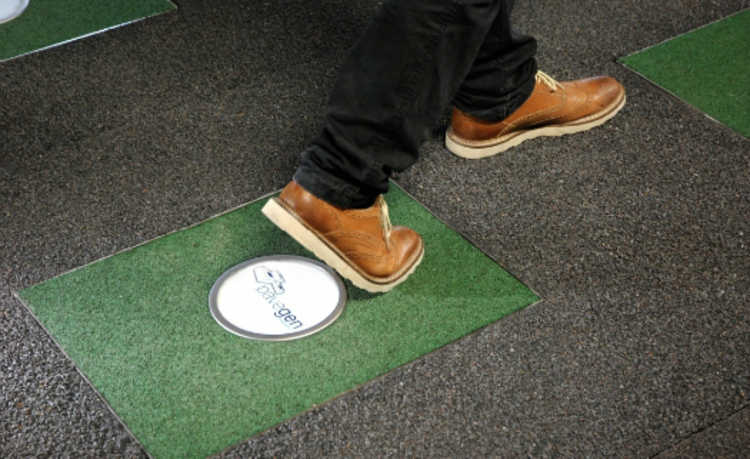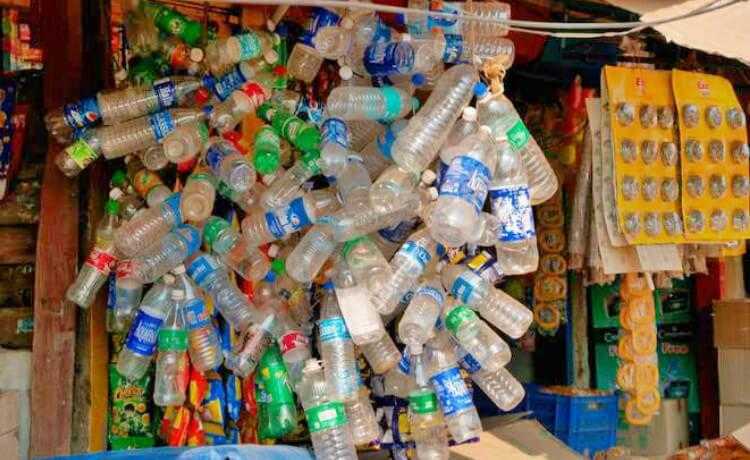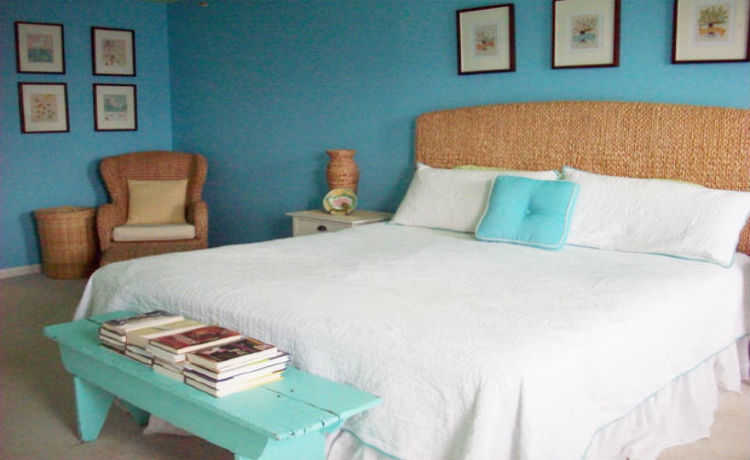What is climate gentrification?
Climate gentrification is a form of injustice caused by high-income social groups

Edited and resized image from Science in HD is available on Unsplash
Climate gentrification is the process of evicting low- and middle-income people from their place of residence caused by adaptive improvements to climate change.
How it works
Imagine how good it would be for a poor neighborhood to be completely renovated, restructured, to have piped sewage and treated water; more leisure and entertainment options and proximity to services and products? Surely local residents would enjoy these benefits, right? Well, actually, in practice, that's not quite how it works.
Have you noticed that in more structured neighborhoods - prettier, wooded, with greater availability of products and services - rent, products and services are usually more expensive than in neighborhoods without infrastructure, poorly organized and with a low supply of products and services? Well, this all has to do with the gentrification process.
Coined by German sociologist Ruth Glass, the term gentrification, in general, is defined as the process of urban reconfiguration, in a way that leads to socio-spatial elitization.
This means that gentrification is a consequence of changes that are made in aspects of a given space, such as composition, distribution of the workforce, production and consumption carried out there.
The improvement of cities - both by the State and by the private sector - so that they accompany the growth of wealth through the demolition of poorly built sites; renovation of old buildings; revitalization of assets; afforestation of squares; improvement of streets and transport; improvement in services and the supply of goods, means that the middle and low income groups that inhabit the region are directly or indirectly expelled to more degraded locations than the original housing before the reconfiguration - regions that are often they do not have water and sewage services, are densely populated, have few options for services and products, have precarious entertainment conditions, are poorly lit and poorly paved.
The forms of expulsion are diverse and often happen simultaneously.
Directly, the poorest populations are displaced through forced demolitions, fire in malocas, negotiations or through the courts to improve neighborhoods for real estate speculation. This, in turn, is responsible for raising the price of renting and buying real estate in the region, whether residential or commercial. For example: if a corner bar is sold and gives way to a chain of fast food, which is starting to be a profitable business for the new owner, the trend is that other properties in the region have the same purpose. There is negotiation and remuneration for former residents/traders. But if all the people who used to live there end up being forced by the situation to move, the improvements that the neighborhood is undergoing are not for them, but for those with better financial conditions.
Indirectly, these populations are eradicated from the revitalized areas because they do not have the material conditions to remain there.
climate gentrification
Climate gentrification, in turn, is gentrification (expulsion of low- and middle-income groups) caused by improvements in the context of climate change. Climate adaptation, which is essential for the survival of humanity, often ends up not including some social aspects in its considerations.
Cities that underwent reforms in order to adapt to climate change end up making this improvement an instrument for expelling the poorest – this process characterizes climate gentrification.
Smart cities that now include more well-kept green spaces, LEED certification, spaces to include bicycles, renewable energy technologies and, therefore, “sustainable” solutions, make room for real estate speculation, which, in turn, ends up indirectly driving out the poorer - because of the high cost of living - or directly, through removals and negotiations.
Sometimes, spatial changes of anthropocentric origin are not even necessary for climate gentrification to occur.
An example in this regard is that of little haiti, a neighborhood inhabited by minorities, located in South Florida, United States. Because it occupies a higher ground, the little haiti had their home prices raised from $100,000 to $229,000 after announcements of sea level rise. What made life very difficult for the low-income class who could not stay in the place.
Projects aimed at expanding green structures, improving energy efficiency, reducing the use of fuel-powered transport, and promoting community gardens in historically marginalized neighborhoods also end up promoting climate gentrification by evicting low-income residents – directly or indirectly.
Another example happened in New York, also in the United States, where an abandoned suspended railway line underwent revitalization and gave rise to the green park High Line, which increased real estate speculation, causing the expulsion of the poorer former residents.

Edited and resized image by Markus Spiske is available on Unsplash
Gentrification in the city of São Paulo
In the city of São Paulo, Brazil, there is also an example that guides the concept of climate gentrification: it is the transformation of the elevated President João Goulart (popularly known as "Minhocão") into a park. With less circulation of cars, greater availability of green areas (due to vertical gardens on the blind gables of buildings) and shared spaces, there was an improvement in the quality of life for those who lived there (ideally).
The problem is that this improvement has brought with it an increase in real estate speculation and in the prices of products and services, which increases the cost of living there and, therefore, forces residents with less financial power to move to places with the cost of cheaper life.
In this context, the question is: how can cities adapt to climate change without excluding the socio-environmental dimension? In other words: how can cities adapt to climate change including the poorest? How to avoid climate gentrification?


